(Don't forget to start by showing your true colors.)
(late
November 2021)
The next morning,
I felt pretty good. Not very sore and that fresh country air does a body good. First
on my agenda was to head north about 50 miles to Stone Lake. My parents and an aunt & uncle used to own cabins that were formerly a resort on 90 some-odd acres a few miles outside of
town. I hadn't been there since c.1988 when I accompanied my father to the cabins to
make maple syrup in the spring.
Stone Lake was a very small town of only a few hundred people and no stop lights when I spent my summers up there as a boy. I recall an ice cream shop up on a hill and the Stone Lake Pub which was a mandatory stop for my dad and uncle on the way to and on the return trip from the town dump. I drank a lot of Nehi soda there, alternating between grape and orange.
Truth be known, my last time in Stone Lake was not pleasant. Reflecting on it decades later as a man, the trip up there to boil maple sap was an attempt by my father to try and salvage his relationship with his youngest son. He had destroyed his marriage to my mother and my brother had moved out or was on the cusp of doing so. Their relationship was, in a certain way, over.
My last memory from that trip was of us speeding back home down Highway 53 with the car's speedometer pegged at 85 as my father, drunk as usual, stewed in his anger, most of which was directed at me.
I was thankful that those memories were not the ones I dwelled upon as I headed north to Stone Lake. Would it be
any different decades later? I was keen to find out.
The drive was fairly uneventful with just an occasional dusting of snow. At one
point, however, the sun came out for what was the first time in a couple of
days when I was just south of Rice Lake. It was quite a relief as I thought that I might have to go to a clinic to
get treated for adult onset rickets before the trip was over.
Cruising into town, I was surprised to find a
fancy wine bar that most certainly wasn't around back in the day. I parked and was greeted by a black Lab wondering who the city slicker was.
He was all
bark and no bite, though. I got out of my car and found he was happy to have someone
scratch his head.
Stone Lake
looked pretty much as I remembered it. The ice cream parlor was gone but the
hardware store I went to many, many times with my dad and uncle was still
there. While the local craft beer bar was closed for the season, the Stone Lake
Pub was still in business and had retained its faux stone exterior.
When I spent time on the water on our trips up north, it was on Sissabagama Lake and not Stone Lake but I walked down
there anyway. Beautiful clear water and lots of the lake's namesakes.
To get to the shore, one must cross 4 sets of railroad tracks. Stone Lake has quite a neat rail history. Tracks were first laid in the early 20th century and the town was a stop on the Chicago-Superior freight route. Before long, passenger service was introduced and Chicagoans could head to Stone Lake or farther north to the port city Duluth on the shores of Lake Superior. Today the town is on a main line of the Canadian National Railway and sees trains loaded with freight heading to Chicago from Winnipeg and, I suppose, vice versa.
A block over is the Stone Lake Community Wetland
Park. You enter the park via a boardwalk which disappears off into the distance.
It leads to a small but pleasant wooded area where a moss-lined path takes you
over gentle hills that look down upon the wetlands.
I ran into a
couple people who were starting their days with a wetland stroll and they cheerfully bade me
good morning.
This was not to be a lengthy
walk but it was good to stretch my legs in anticipation of my next hike. On my
way back to my car, I noticed that the vegetable stand outside the antiques store was
being stocked by a young couple. I asked what was good and was told that the
cabbage was especially tasty – nice and sweet. Four dollars later I had a fine
head of cabbage in my bag and visions of gołąbki (Polish cabbage rolls) dancing
in my head.
I bid Stone
Lake farewell and hit the road for my next destination: a cross-country ski
trail for a hike.
Heading down
a county road, I noticed a doe on one side which thankfully just
stood there watching me as I slowed down and cautiously drove by. A little farther down
the road, I spied a couple of bald eagles. One was sharing a meal of venison
with a crow while the other was about 10 yards away licking its chops having
already feasted on the carcass. I tried to get some photos but the eagles were
having none of it.
Within a mile I noticed a Paul Bunyan statue by
the side of a road that intersected with the one I was on. More of a
driveway, really. Sadly, there was no Babe. The weird thing was that there was no resort, no restaurant,
no business at all by that intersection. Just houses. Apparently, someone in
that vicinity simply likes Paul Bunyan.
And why not?
This area was part of Wisconsin's pinery and was home to a thriving logging
industry at one time. Bunyan first appeared in print in 1910 but evidence suggests that
Wisconsin lumberjacks didn't really know his tales until the 1920s**. Once they
did, however, they came up with their own Paul Bunyan stories such as this one:
Paul
Bunyan was driving a large bunch of log down the Wisconsin River when the logs
suddenly jammed in the Dells. The logs were piled 200 feet high at the head and
were back up for 1 mile up river. Paul was at the rear of the jam with the Blue
Oxen. While he was coming to the front, the crew was trying to break the jam
but they couldn't budge it. When Paul arrived at the head with the ox, he told
them to stand back. He put the ox in the old Wisconsin in front of the jam. And
then, standing on the bank, shot the ox with a 303 Savage rifle. The ox thought
it was flies and began to switch his tail. The tail commenced to go around in a
circle. And you know that ox switching his tail forced that stream to flow
backwards and eventually the jam floated back also. He took the ox out of the
stream and let the stream and logs go on their way.
The life of
the lumberjack was not easy. Men would report to camp in the fall and not
return home until the spring, although they did get to visit family at Christmas.
They were in the woods before dawn so work could start promptly at first
light. Lumberjacks or shanty boys, as they were known in the Upper Midwest, felled trees, trimmed the branches off, and put them onto sleds
which transported them to the riversides to await the spring when the logs
would be put in to float downstream to the anxious blades of a sawmill.
If all of
the back-breaking work and the dangers posed by very large crosscut saws, axes, and falling trees weren't enough, lumberjacks also had to contend with a host of (mythical) creatures that
inhabited the forests and posed their own threats. For instance, there were Axehandle Hounds, dogs that
looked like dachshunds with hatchet-shaped heads and handle-shaped bodies.
They'd roam the lumber camps and eat all of the axe and peavey handles.
But the
creature that survived the decline of the logging trade and entered the public imagination is the Hodag, a native
of Rhinelander. Driving into the town, one is greeted by a statue of the beast.
It inhabits
the swamps in the area and generally feeds on the wild animals there but it won't
turn down a meal of human flesh…
Just a few
hundred feet from the Paul Bunyan statue was the parking lot and trailhead I
sought. I parked and popped the rear hatch open so I could change my footwear. While doing so, I noticed a solitary boot just off in the woods. Was
this a sign? Would I meet my end at the hands of a Hidebehind which caused
the demise of many a lumberjack and was known to leave only a single boot behind?
Bootlaces tied, I hit the trail. It was fairly
warm out and, though cloudy, it never snowed or rained, which I was thankful
for, as I was allowed to enjoy the scenery without getting soaked.
The trail
was not particularly difficult but I don't think I'd survive attempting to
cross-country ski it. The most challenging aspect of it was trying to avoid
tripping while navigating the divots and rills formed by runoff. At one point I
found a branch on the side of the trail and made it into my walking stick.
Unlike my last hike, this trail didn't feature
much water but what there was of it was pretty.
At one
point, the sun came out very briefly but it was still quite welcome.
After 3
hours – maybe 4, I cannot recall – I was back at my car. To be sure, I was a
bit worn out after walking 6.5 miles or so, but, overall, I felt pretty good. Popping the hatch open once again, I sat down to change back into my gym shoes. At this point I
discovered that my legs didn't work anymore. They just couldn't be persuaded to go up so I could
rest them on my knees and untie my boots. Uff da! So I was forced to grab my
pant cuffs and lift my legs upwards. You really feel it when you stop moving!
My next
destination was the tiny town of Dallas (no stoplights) (or was I north enough
that they were stop and go lights?), about 12 miles west of Chetek, where dinner
and muscle relaxant awaited.
I rolled into town and pulled into the parking
lot of Jen's Chopping Block where I had dinner. The smothered chicken was OK but
the chili was surprisingly good. With a full belly, I headed down the street a
block to Valkyrie Brewing Company.
Valkyrie
no longer distributes their beer to Madison and, even when they did, its
availability was limited, at best. It's a very small brewery that, as far as I
know, still uses repurposed dairy equipment. Here's brewmaster
Randy Lee showing off his decidedly low-tech brewing setup back in 2009 when the Frau and I were there.
The taproom has been totally redone since we
were there and now includes a mural by co-owner Ann Lee who loves to paint.
The bar had
no stools as the Lees are keen on people sitting at the booths and tables
together to socialize. Cribbage boards adorned each table to abet the pursuit of that communal vibe. And, as you can see,
guitars and a mandolin were at the ready for anyone to entertain the masses
with their musical stylings.
My first
beer was Whispering Embers, a smoked Oktoberfest. It's an amber lager brewed
with a portion of malt that had been enhanced with the flavors of smoke from
beechwood. As I have remarked in one of these diaries previously, I just adore
smoke beers. Setting down my empty glass and licking my lips to get every last
drop, I noticed that the soreness in my legs was beginning to fade. To hasten the salubrious effect, I ordered a
Night Wolf which is a German Schwarzbier or black beer.
As the name indicates, it's dark in color but
it's nimble on the tongue. Full of roasted grain, coffee, and dark chocolate
flavors but never heavy or cloying, the style is a favorite of mine.
My legs were
feeling fine by the time I left. The muscle relaxant worked like a charm.
Back at the
hotel, I showered and put on some fresh clothes. The sun was nearly gone and
clouds had moved in. It wasn't long before some snowflakes were to be seen. Since
I'd been out of the loop for a couple days, I took the opportunity to check out
the news back home.
I read an
article stating that Madison's budget included money for 2 "community
connector" positions which would provide translation and community
outreach services to Hmong and Chinese Mandarin speakers. I didn't know there
were that many folks who spoke those languages instead of English to warrant
special city services. The times they are a-changin'.
One more
Valkyrie beer went down smoothly as I did some reading before bedtime.
The next morning was time to go home. My
vacation was too short.
Getting
south of Highway 29, I had left "Up North".
My plan was
to stop back in Osseo at a tourist shop for some souvenirs. But first I had to
narrowly avoid a buck that had decided to run out in front of my car. One thing I do not miss about living in the country is having to dodge horny deer on the road every fall. Driving
east through town, I saw people putting up Christmas decorations in public spaces
and trucks full of cord wood when they weren't full of Christmas trees. There
was definitely a festive atmosphere in town.
While I was
eagerly grabbing kettle corn and bourbon barrel aged maple syrup for my Frau,
I overheard an older woman talking to the clerk. She remarked, "…we did it
to ourselves by buying everything online." Amen.
Buy local!
Support your mom & pop shops before they go the way of the dodo.
********
The
bonus photo for this edition is a step. It sits on the terrace of a Victorian era
home in Madison so I presume it was used when people boarded or alighted from a
carriage. It was nice to see that this bit of history was preserved when the streets
were torn up and repaved several years ago.
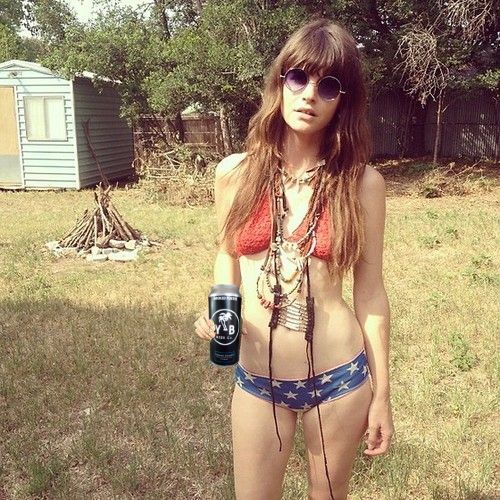
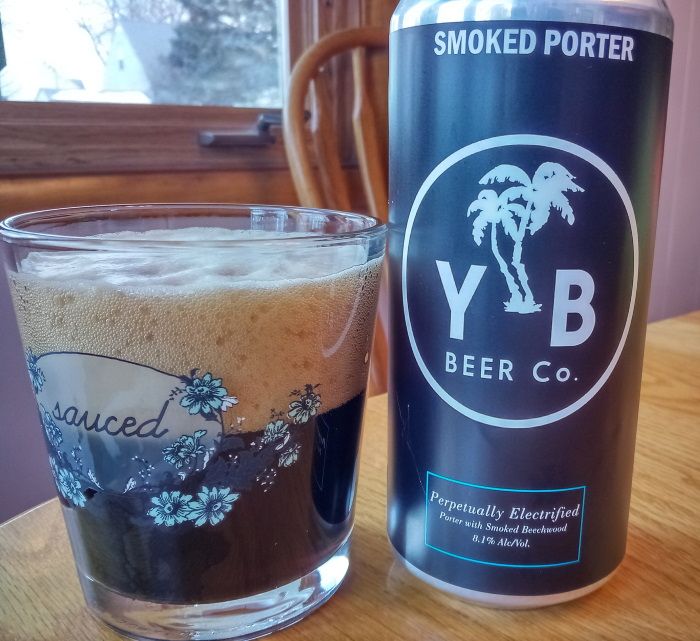

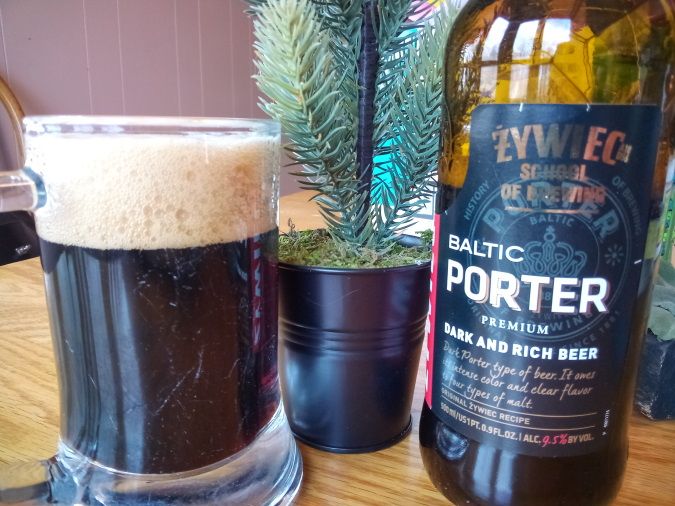
.jpg)
.jpg)
.jpg)


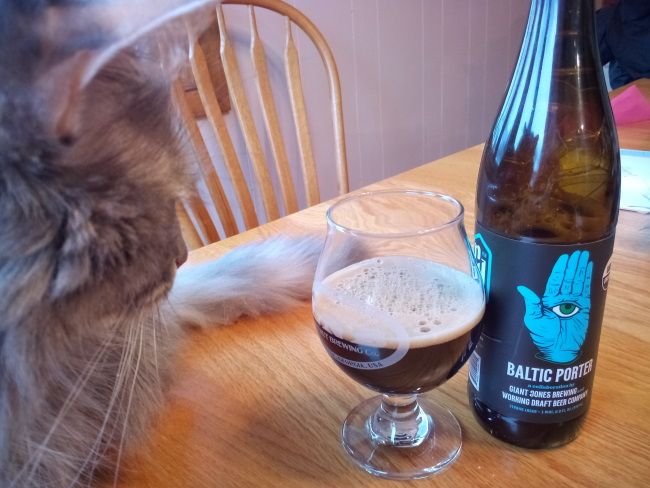



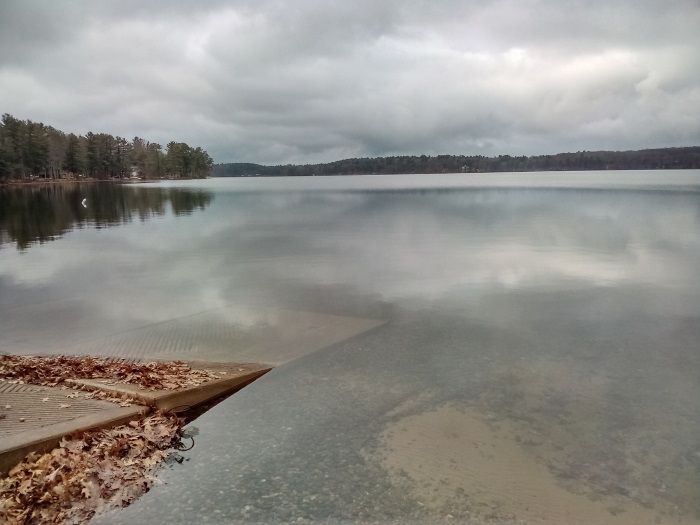


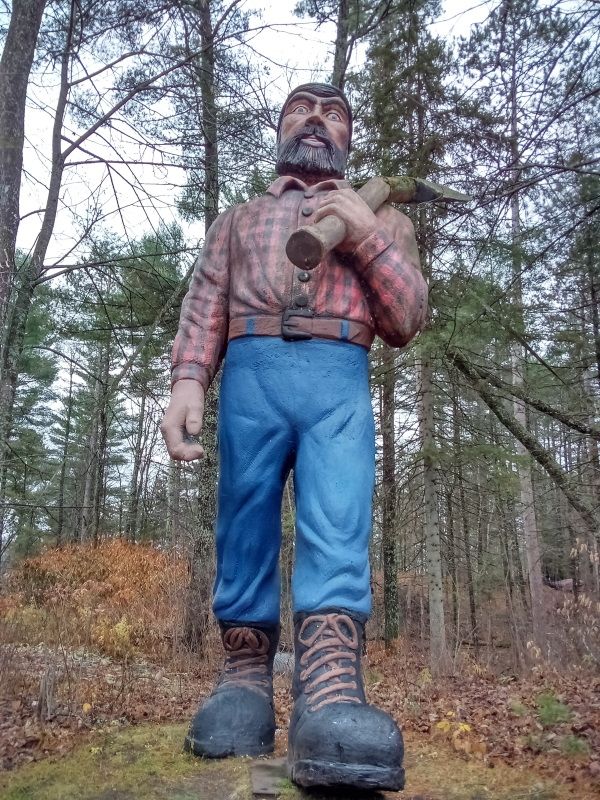
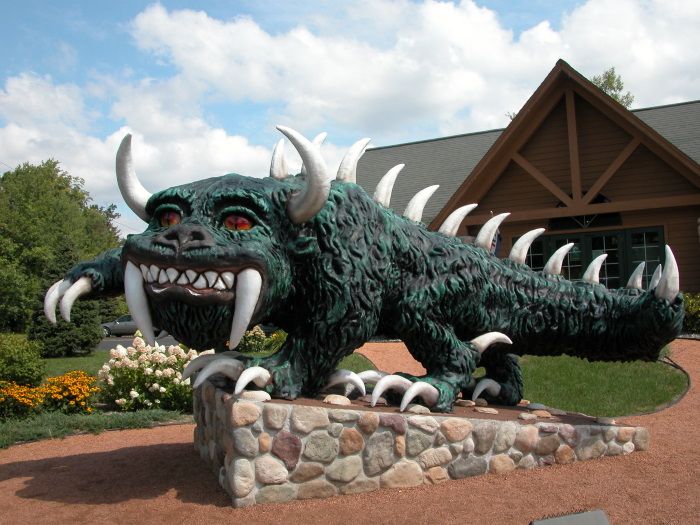

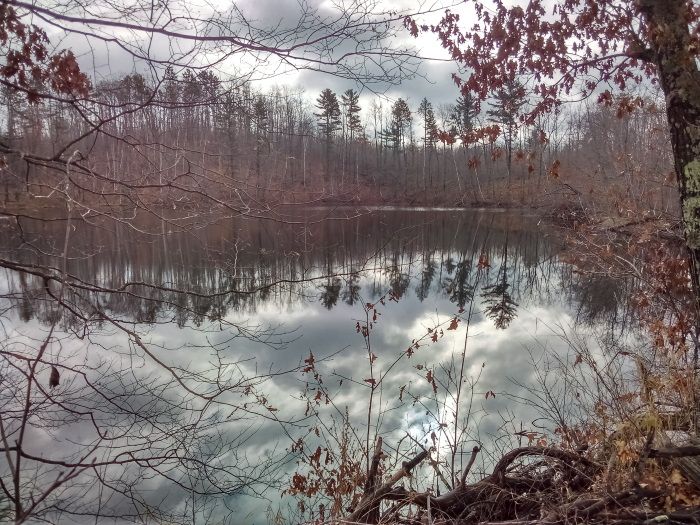
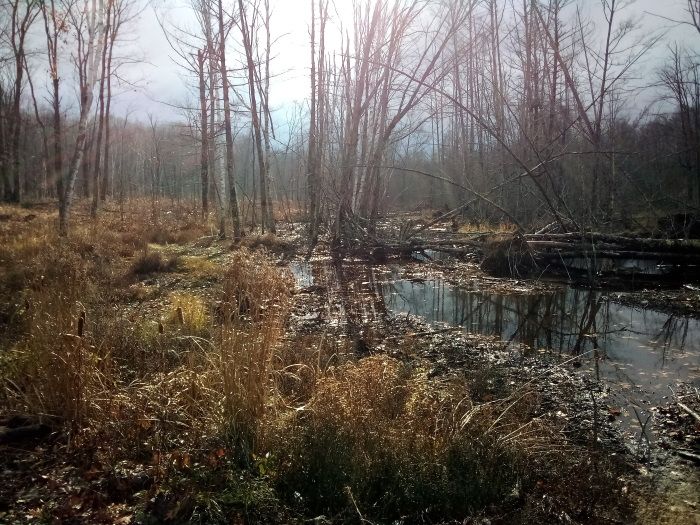
.jpg)
.jpg)
.jpg)
.jpg)

